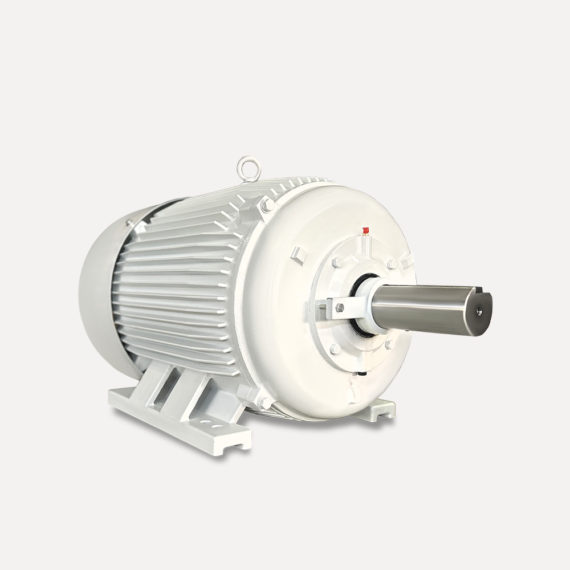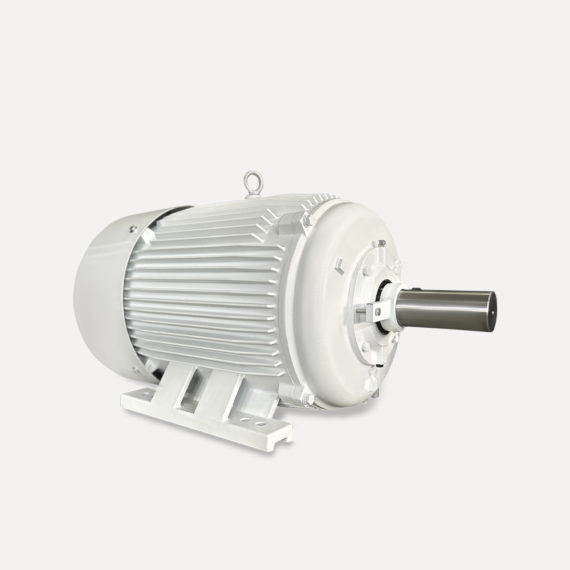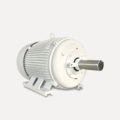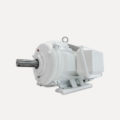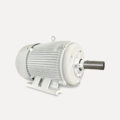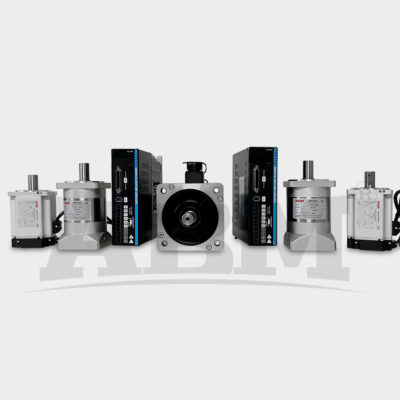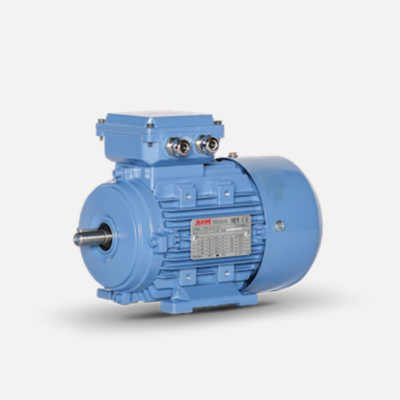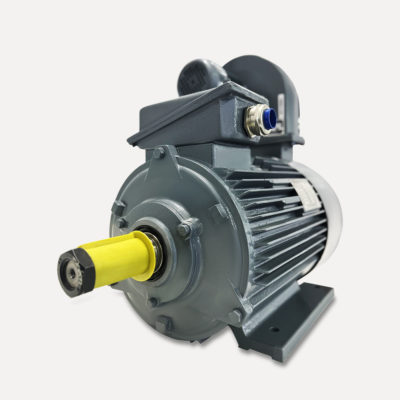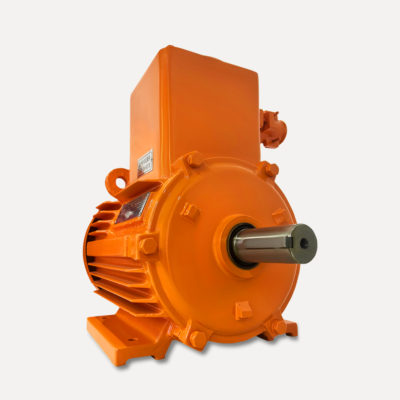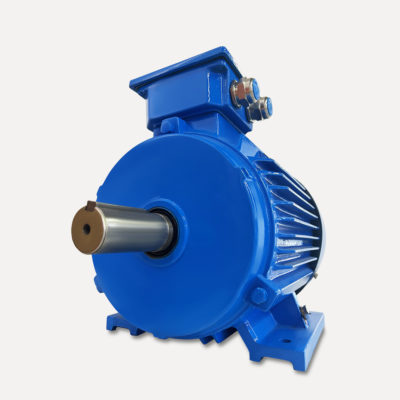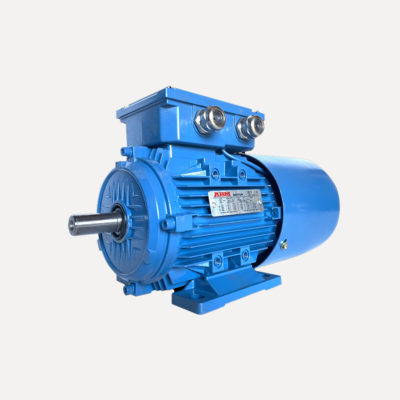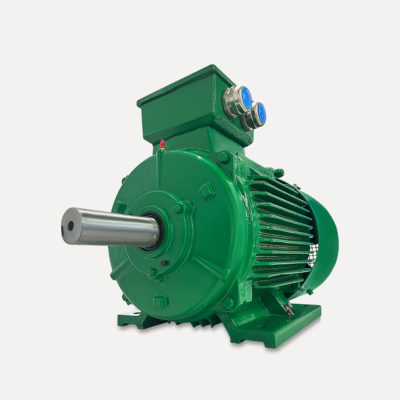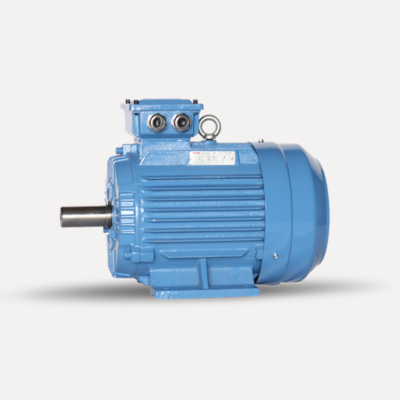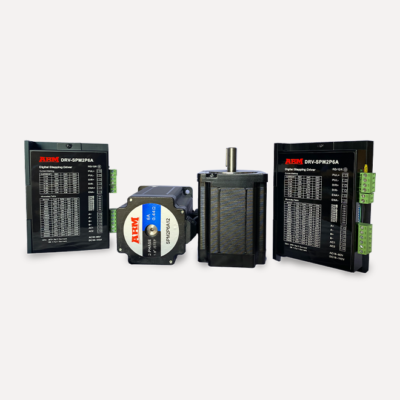NEMA Motors
ABM engineers and builds AC motors for performance and reliability to meet or exceed NEMA energy-efficiency levels. Our robust line-up of AC motors is designed to fit in a myriad of applications or industries ranging from general purpose to severe duty environments.
- NEMA Premium Efficient Motors
- Output Power:1HP~250HP
Pole: 2,4,6,8P
AC Voltage(V): 460V or others
Frequency (HZ): 50Hz or 60Hz
Frame size: 143T~449T
Protection Class: IP55 - Features:
- – Inverter Duty Rated: 5:1CT & 10:1VT
- – Service Factor: 1.15
- – Design: “B”
- – Protection Class: IP55
- – Enclosure: TEFC Rigid Cast Iron Frame
- – VPI applied for best electrical performance
- – Corrosion resistant epoxy coated
- – F1/F2 Convertible
- – Oversized bearings on both ends (444T and up DE Roller Bearing)
- – 230/460V 60Hz, usable at 208V (444T and up 460V only)
- – Double rated for 190/380v 50Hz
- – Suitable for Y/Delta starting and part winding starting
- – Double drilled feet
– Class “F” insulation with rise below Class “B”
General Technical Data
-
Standard
Nema
-
Efficiency
IE2, IE3, IE4, IE5
Description
Around the world, two organizations set standards for the design of electric motors: The International Electrotechnical Commission (IEC) and the National Electrical Manufacturers Association (NEMA). While some similarities exist between the two groups of standards, when you compare IEC vs. NEMA standards, you will find differences in what the motors look like, efficiency levels, and more.
What Is IEC?
IEC is also known as the International Electrotechnical Commission. IEC is a European based organization that sets and publishes standards for mechanical and electrical equipment worldwide.
What Is NEMA?
NEMA is also known as the National Electrical Manufacturers Association. NEMA is a North American based organization that sets and publishes standards for mechanical and electrical equipment throughout North America.
What’s the takeaway? Although they are standards defined for different locations, IEC and NEMA motors have similar output power, efficiency ratings, and size.
Dimensional & Frame Comparison
IEC standards are expressed in metric units while NEMA frame standards are expressed in imperial units. IEC motors are commonly made with cast aluminum or cast iron frames whereas NEMA motors are commonly made with rolled steel or cast iron frames.
NEMA Motors are made with the conduit box mounted on the side of the motor frame (F1 or F2 position) while IEC motors are made with the conduit box mounted on top the motor frame (F3 position) as seen in the below in Figure 1. NEMA motors are compatible with a C face kit and a D flange whereas the IEC frames are compatible with a B14 face and a B5 Flange.
Cooling And Insulation Duty Cycle Index
IEC motors have additional designations indicating how the motor is cooled which is represented by a two-digit IC code. On the other hand, a NEMA enclosure designation indicates how the motor is cooled.
Nema Classes
NEMA motors commonly have four winding insulation classes: A, B, F and H, based on the max temperature ratings with a reference to a 40°C ambient temperature.
NEMA also specifies the allowable temperature rises for motors operating under full load at certain service factors.
Example: For a Class B insulated, 1.15 SF motor, if we add the NEMA allowable rise of 80°C to the reference ambient temperature of 40°C: the result is a motor with an operating temperature of 120°C.
IEC Classes
IEC motors identify multiple thermal classes based on the maximum allowable temperature.
Note: Duty cycles are different. Where NEMA commonly designates either continuous, intermittent, or special duty (typically expressed in minutes), IEC uses eight duty cycle designations.
NEMA motor efficiencies have two standard levels defined as “Energy Efficient” and “Premium Efficient” in the NEMA standards. NEMA Premium is trademarked and the term should only be used by manufacturers who are part of NEMA’s premium motor program. IEC 60034-30-1 defines the efficiency classes for motors. IEC IE2 is equivalent to energy efficient and IE3 is mostly equivalent to premium efficiency.
IEC and NEMA designs have a wide range of electric motors available. Understanding the differences and similarities between these two design standards will help you select the right motor for your application.

